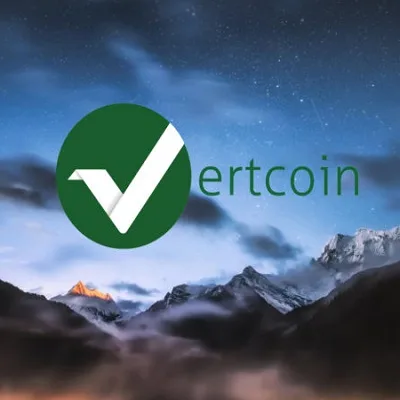What is the Vertcoin Cryptocurrency?

Vertcoin, established as a digital currency in 2014, is designed to uphold the original vision of cryptocurrency: a financial system owned and operated by its users. Distinguishing itself from Bitcoin, Vertcoin was developed as a direct response to the centralization of mining operations. It aims to democratize mining by making it feasible for the average user, thus preventing large mining farms from dominating the blockchain.
History of the Creation and Development of Vertcoin
The inception of Vertcoin was motivated by a desire to preserve the decentralized ethos of cryptocurrency. Its creators identified the increasing centralization of mining within Bitcoin and other cryptocurrencies as a significant threat to decentralization. In response, Vertcoin adopted the Lyra2REv2 mining algorithm, which is resistant to ASIC (Application-Specific Integrated Circuit) devices, ensuring that mining remains accessible to individuals using consumer-grade hardware.
Over the years, Vertcoin has undergone several updates to further secure its network against centralization and ASIC dominance. These updates have included algorithm changes to stay ahead of ASIC development and improvements in security and functionality.
Key Features
Vertcoin’s core feature is its ASIC-resistant proof-of-work algorithm, designed to ensure fair access to mining. This commitment to ASIC resistance is central to Vertcoin’s identity and differentiates it from other cryptocurrencies.
Another key feature is its close alignment with Bitcoin’s protocol. Vertcoin has implemented several Bitcoin upgrades, including SegWit and the Lightning Network, which enable faster transactions and greater scalability. Some gambling projects, such as Winfest Casino, have implemented Vertcoin into their system, but as we later found out, it is not actively used.

Advantages of Vertcoin
The primary advantage of Vertcoin is its commitment to decentralization and community governance. By enabling more individuals to participate in mining, Vertcoin fosters a more distributed network, reducing the risk of 51% attacks commonly associated with centralized mining operations.
Additionally, Vertcoin’s implementation of SegWit and the Lightning Network positions it as a competitive option for fast and efficient transactions, making it suitable for everyday use and microtransactions.
Disadvantages of Vertcoin
Despite its advantages, Vertcoin faces challenges. The cryptocurrency market is highly competitive, and Vertcoin’s focus on ASIC resistance and decentralization may limit its appeal to a broader audience accustomed to more mainstream options like Bitcoin and Ethereum.
Moreover, Vertcoin has experienced security issues, including 51% attacks, challenging its claim of enhanced security through decentralization. These incidents have raised questions about the effectiveness of its security measures.
What Do Users Say About Vertcoin?
Community feedback on Vertcoin is mixed. Enthusiasts praise its commitment to decentralization and the democratic approach to mining, highlighting its potential as a “people’s coin.” Users appreciate the low transaction fees and the ease of mining, making it an attractive option for individuals looking to enter the cryptocurrency mining space.
However, its utility in transactions, including payments and deposits in sectors like gambling, is limited by its relatively low adoption rate compared to larger cryptocurrencies, according to Winfest Casino. While some users find Vertcoin convenient for small transactions and advocate for its potential growth, others caution about its market volatility and security concerns.
In conclusion, Vertcoin represents a fascinating experiment in the cryptocurrency space, embodying a commitment to decentralization and equitable access to mining. While it faces challenges in security and adoption, its community-driven approach and innovative features make it a noteworthy player in the ongoing evolution of digital currencies.
